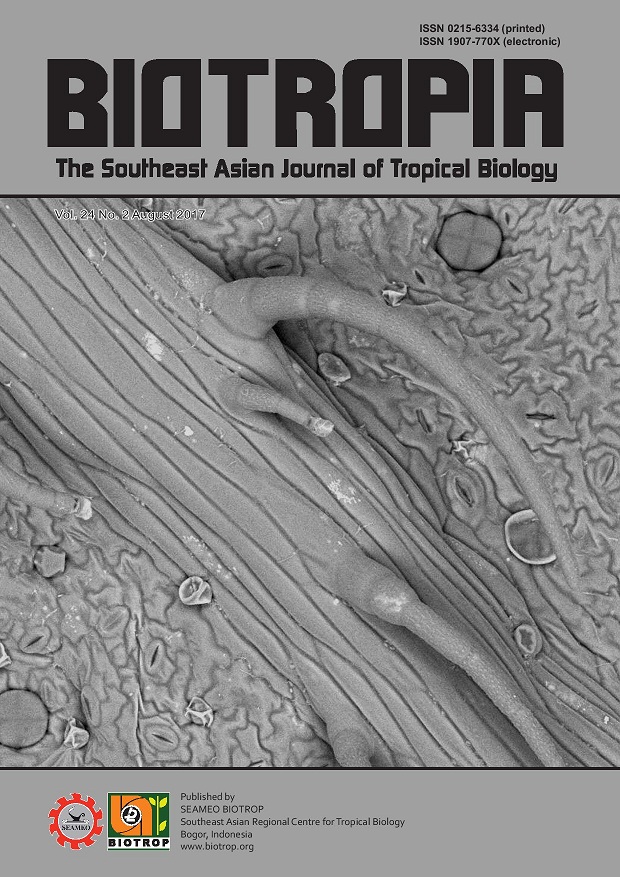
Tags
OPTIMIZATION AND EFFICIENCY IMPROVEMENT OF IN‐HOUSE IMMUNOAFFINITY COLUMN KU-AF02 FOR AFLATOXIN DETECTION
Content Language : English

In-house immunoaffinity column for aflatoxins (AFs) detection is firstly developed by Kasetsart University since 2011 i.e. the first IAC prototype, KU-AF01. Detection of aflatoxin B1 (AFB1) up to 200 ng is considered significantly efficient, but the production cost is considered high. The high cost was due to the cost of monoclonal antibody specific to aflatoxin and its supporting materials i.e. CNBr-activated sepharose 4B. Therefore, this study was aimed to improve the efficiency of in-house immunoaffinity colums by replacing CNBr-activated sepharose 4B with other supporting materials and to lower the ratio of antibody to supporting materials. Response surface methodology (RSM) was applied to determine the optimum alternative supporting materials and the ratio. Results revealed that when compared with CNBr-activated sepharose 4B, all materials tested could recover higher than 80% AFB1, except the activated CH sepharose 4B. Results also indicated that the optimum ratio was 0.4 mg anti-aflatoxin monoclonal antibody to 204 µL CNBr-activated sepharose 4B. CNBr-activated sepharose 4B was considered to provide the best precision in recovering AFB1. KU-AF02 increased the ability to detect AFB1 to 500 ppb. The recovery of AFs in the reference materials using KU-AF02 was more than 96% successful, with HorRat value range of 0.34 – 0.76. The reference materials used were 2 levels of AFs in peanuts, i.e. 47.68 and 72.14 ng/g. In terms of quality control in IAC production, there were no significant differences among the 5 batches produced (p > 0.05). KU-AF02 demonstrated stable and constant percent recovery at 4 oC for up to 12 months (tested with standard 200 ppb AFB1). This study indicated that KU-AF02 could lower the ratio of supporting materials to the antibody and that KU-AF02 has high stability and has good ability for cleaning up AFs. Therefore, KU-AF02 is recommended to be used as an in-house immunoaffinity column for aflatoxin detection in Thailand.
Link

This work is licensed under a Creative Commons Attribution-NonCommercial-NoDerivatives 4.0 International License.
